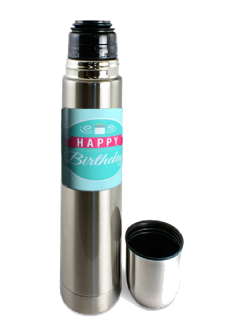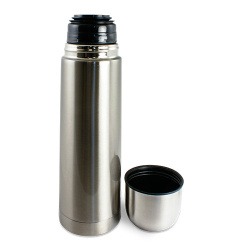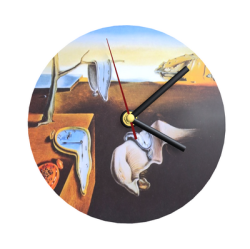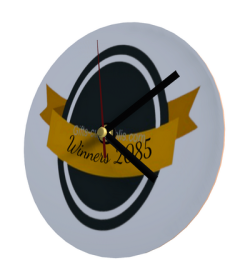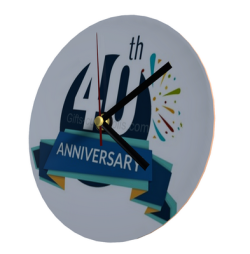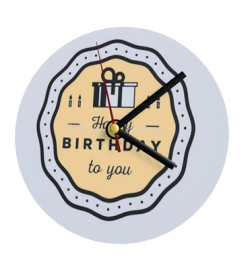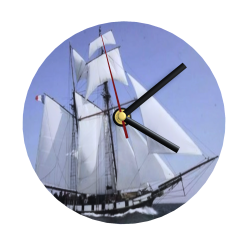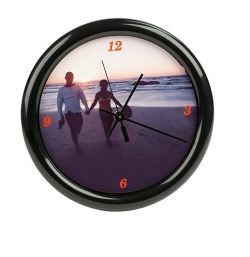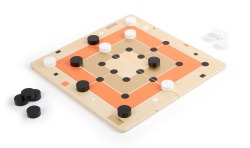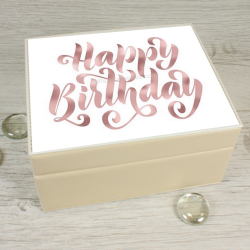Insulated bottle with adult...
Isothermal bottle Foreword Practical and lightweight, the insulated bottle has revolutionised our consumption and is now as much a part of our daily lives as a handbag or a telephone. It allows you to take your favourite drink wherever you go and keep it at the right temperature all day long. It has evolved a lot over the years: weight, materials, user-friendliness and design. Introduction "Since the invention of the insulated bottle, the question has never been how to keep hot liquids hot and cold liquids cold". The big question is how it works. The answer is: by using foam or vacuum packaging. There is more to an insulated bottle than meets the eye. What we think of as a rigid container is actually a container within a container, with foam or vacuum between the inner wall of the outer container and the outer wall of the inner container. Foam containers keep cold liquids cold and vacuum containers keep hot liquids hot. This method has proven to be very effective since the early 20th century and that is why insulated bottles are popular with anyone who needs or wants to drink liquids on the go, such as athletes, travellers, campers and hikers, or just the average busy person who is thirsty from time to time and has prepared their hot or cold drink in advance. Many baby bottles are also insulated." An isothermal bottle to personalise is now essential! You will find it easily at Gifts-custopolis.com. Unique gift to personalise,original kdo idea, original gift photo,photo gift idea for, little photo gift...
- Personalisable





































